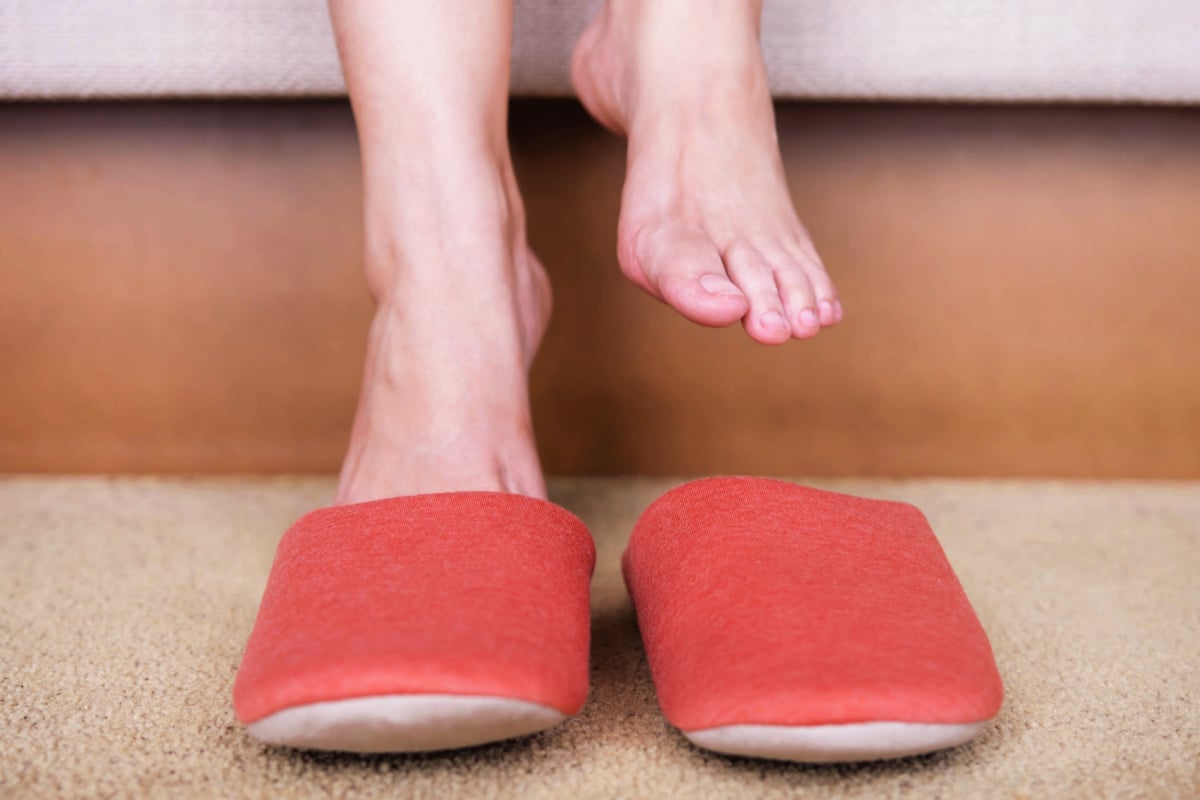
Up until yesterday, I thought it was just me. That maybe I was the only one dealing with a pretty gross lockdown side effect.
I’m talking about isolation feet. Or iso feet, for short.
Think: Dry heels. Crusty toes. Random flaky patches of skin. A beautiful thick layer of white, parched skin. Oh, and they smell more than usual, too.
As it turns out, I’m definitely not the only one with iso feet. Far be it from me to tell you what’s going on with your body, but if you’re spending a lot more time at home wearing slides, thongs or no shoes at all, you might have them too.
‘Meh, we’re coming into winter,’ you say. ‘I’ll just be wearing boots and sneakers soon anyway.’
And they’re very valid points. Regardless of how dry, cracked feet look, it’s how they feel that matters and left unattended, feet issues can turn into something more painful down the track.
Short of seeing a podiatrist (which is actually a really great idea, when you’re able), I asked some experts how to treat iso feet at home.
WATCH: Here are seven ways to improve your skin while you sleep, post continues after video.

